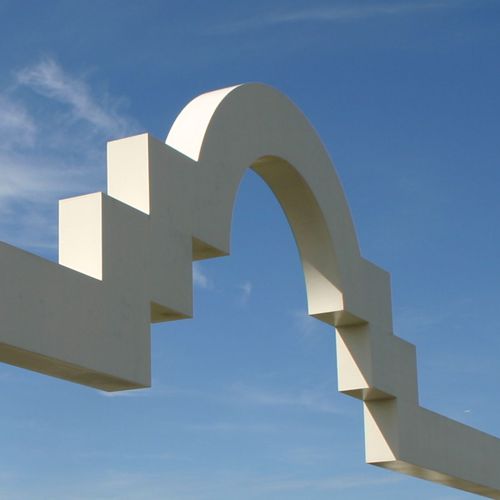Chamber Experiencing Rapid Growth
Chamber Experiencing Rapid Growth

If the original founders of the Pleasanton Chamber of Commerce were around today, chances are they would be surprised not only at the growth of their town, but at the growth and success of the business they founded.
The Pleasanton Chamber of Commerce was formed in 1910 primarily as a liaison organization between the Alameda County Fair and the Pleasanton business community. It started out as sort of a "sleepy organization in a sleepy town", but today has more members than the 1910 population of Pleasanton and is growing all the time.
"There's a lot going on and a lot to do," summarizes Debra Strong, Executive Director of the Chamber. "We're growing very rapidly as a city and as a chamber, and it's a continuous challenge to provide good service to our membership."
The Pleasanton Chamber is a voluntary non-profit organization made up of over 550 members ranging from small mom and pop type businesses to the major corporations located in the Pleasanton area. Each member organization pays annual dues based on the size and type of business and the number of employees. Approximately 75% of the Chamber's annual operating budget comes from events such as Heritage Days and the annual dinner. The Chamber receives no funds from the city, county or state.
The purpose of the Chamber is to service and represent its members. The Pleasanton Chamber is run by four staff people: Debra Strong, Carol Bush, Susan Hutchinson and Ann Montez who work out of the offices at 411 Main Street. The Chamber's Board of Directors and numerous committees provide direction and input to carry out specific responsibilities.
The board sets policies and works closely with the specific committees in seeing that they are implemented. The committees provide the "workhorse" function of carrying them out.
There are several committees within the chamber including Economic Development, Small Business, Ambassadors, Pleasanton 2000, Communications, Downtown Task Force, and Heritage Days. Ad hoc committees are also formed when the need arises for specific input.
Servicing Local Business
Providing services to the member organizations it represents is one primary function of the Chamber, and educational and legislative programs are a very important part of this.
The Chamber sponsors many educational services for its members, including seminars and programs for business. It recently initiated a new program, SCORE (Service Corps of Retired Executives), which provides business counseling services to area businesses needing assistance with their business. Under the SCORE program a volunteer counselor, usually a retired businessperson, donates time and counsel to merchants and businesses experiencing problems or difficulties in their new or existing businesses.
"This is an exciting program that people can really utilize," explains Debra. "New businesses, especially, can benefit from the shared information and experience."
Chamber president Frank Capilla explains that the legislative function is another valuable service offered by the Chamber. "The Chamber can represent the views of our members as a larger voice," he says. "It's so much easier to be heard if the voice is collective rather than having to represent yourself as just one small voice."
Membership in the Chamber has grown very rapidly over the past few years, from 240 in 1979 to over 550 currently.
"The majority of our membership always has been and probably always will be small business," states Debra. "The larger companies that are now joining will be able to benefit from our programs, and we will add to, rather than change the way we operate in order to accommodate everyone."
Debra sees adding one or two people to the staff within the next two years as one of the things the new growth will necessitate.
"They keep us pretty busy here," she laughs. "We joke about all the work we have to do, but basically we love it and wouldn't have it any other way. This is a great organization that's really doing a lot for the Pleasanton community."
To see a reproduction of the original article and edition of Pleasanton Pathways, visit: February 6, 1984 Pathways.




